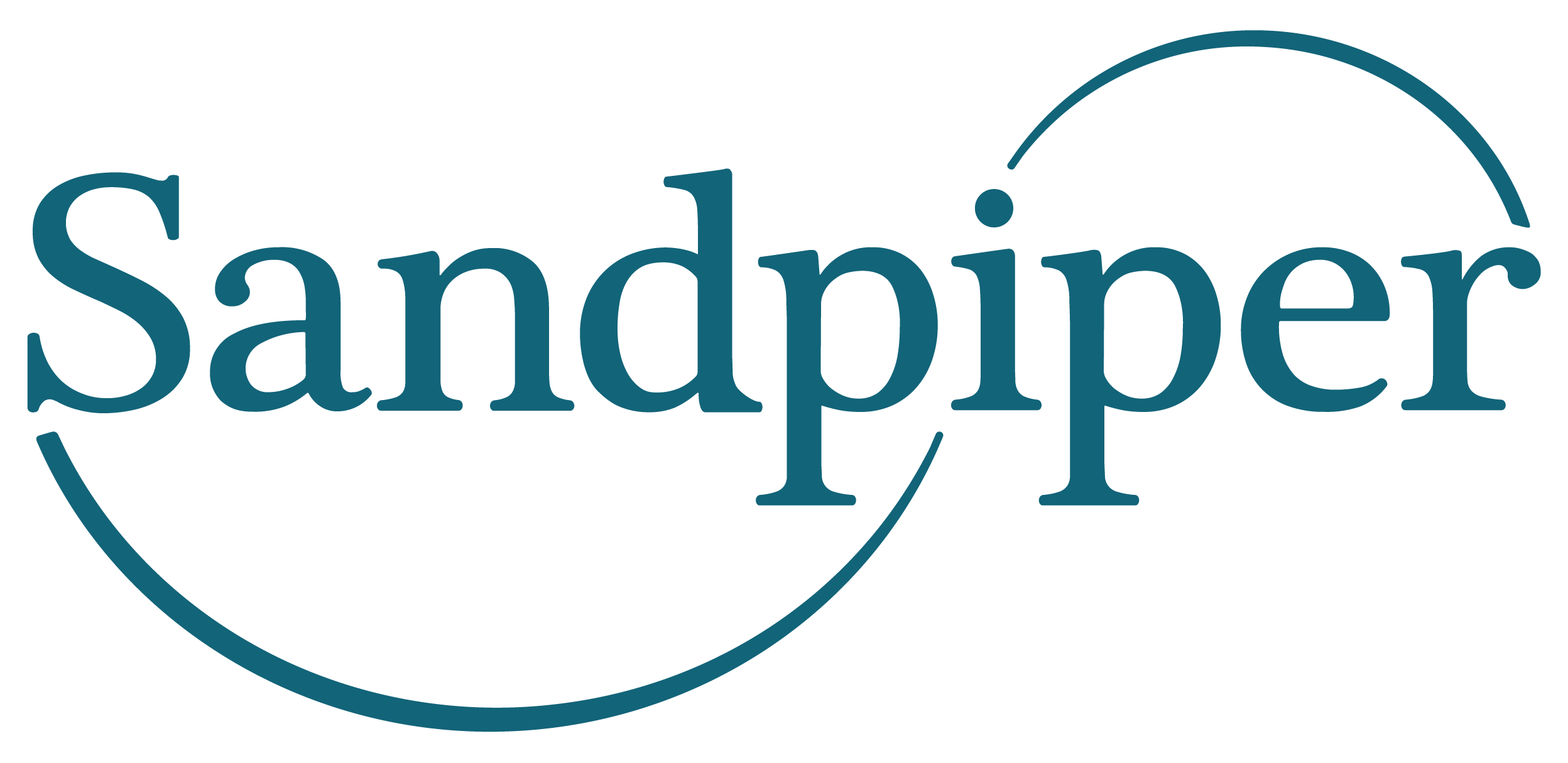
ESG Communications: Where to Start?

China’s Race to Renewable Energy Leadership
Healthcare Affordability and Innovative Financing
September 2023

Healthcare affordability and innovative financing in the Asia Pacific region have emerged as critical topics in addressing the challenge of providing accessible and quality healthcare to diverse populations. The region encompasses a wide range of economies and healthcare systems, leading to disparities in healthcare access and affordability.
In this context, governments and organisations are exploring ways to optimise healthcare spending, encourage private sector participation, and mobilise resources efficiently. On the public side, many countries in the Asia Pacific have been working towards universal health coverage (UHC) to ensure that all citizens can access essential healthcare services without facing financial hardships. On the private side, innovative financing mechanisms also play a crucial role in supporting these affordability goals. These mechanisms include insurance marketplaces and new types of healthcare bonds.
While these financing avenues continue to advance, internet-driven social funding solutions have also taken off in many markets, though these systems bring their own complications. Australia and New Zealand, two of the most developed markets in the Asia Pacific region, typify all three of these broader trends and offer an excellent lens to examine them more deeply. This month’s newsletter delves into the latest developments in healthcare affordability and innovative financing in detail across a variety of Asia Pacific settings, then takes a deeper look at Australia and New Zealand.
Public and private healthcare funding
In the Asia Pacific region, the public and private sectors are working hard to foster healthcare affordability and cultivate innovative financing solutions that tackle increasing healthcare costs and demands while improving accessibility to high-quality healthcare. To these ends, regional governments are implementing a range of new measures to bolster healthcare affordability and financing. While UHC is heralded as the ultimate goal, in reality, much of Asia, particularly developing nations, are quite far behind. In Southeast Asia, public healthcare investment remains low even though healthcare costs per capita have outpaced economic growth in almost all countries. Globally, approximately 90 percent of healthcare investment in low- and middle-income countries (LMICs) around the world comes from national governments and overseas development assistance. Still, despite funding constraints, some analysts claim that Asia currently has the largest number of innovative funding models, with China and India leading the charge. Some innovative government funding scheme subtypes demonstrated by these governments include multi-party contribution funds and tax-based innovation funds. An example of a successful multi-party contribution fund is the Singapore Rare Disease Fund, whereby the government matches public donations and allows tax deductions, while donors are recognised on hospital websites.
At the same time, the private sector is driving a variety of exciting new healthcare affordability and innovative financing initiatives across the Asia Pacific region. One noteworthy example is India’s health insurance marketplace. Companies such as PolicyBazaar and Coverfox have established online platforms dedicated to health insurance, catering to the increasing need for comprehensive health insurance solutions. These platforms allow individuals to easily compare and purchase health insurance policies from various insurers, such as Niva Bupa Health Insurance and Tata AIA, based on coverage limits, premiums, deductibles, and other policy features. By increasing transparency and competition within the health insurance sector, these marketplaces can mitigate costs and enhance affordability. Through new technology and innovative practices, these marketplaces offer users convenient and accessible experiences, minimising the time, effort, and expenses associated with traditional health insurance.
Health Development Impact Bonds (HDIBs) are another emerging field of innovative financing mechanisms, aimed at achieving health and development outcomes in underserved communities or low-income countries. Investors contribute upfront funding or capital to support healthcare interventions, such as enhancing healthcare access, implementing disease prevention initiatives, and strengthening healthcare infrastructure. Subsequently, if the predetermined health outcomes or targets are successfully achieved, the outcome funders, typically philanthropic organisations or development agencies, repay the investors with a return on their investment. By leveraging private sector financing, HDIBs aim to incentivise efficiency, innovation, and accountability in the delivery of healthcare interventions, ensuring tangible and measurable health outcomes are achieved. A notable example is the MSD for Mothers Health Impact Bond, also known as the Utkrisht Development Impact Bond, the world’s first HDIB. Collaborating with the US Agency for International Development (USAID), UBS Optimus Foundation, and Palladium, MSD for Mothers launched this bond to improve quality maternity care provided through private facilities and lower maternal mortality rates in the Indian state Rajasthan, which has one of the highest maternal mortality rates in India. This initiative accomplished its goal of enhancing the quality of maternal and newborn care in 405 small private healthcare facilities across the state. The effort benefited over 450,000 mothers and newborns, saving more than 13,000 lives over a span of five years. At the same time, the initiative fulfilled its financial objective by generating gains for its investors and implementation team.
Social funding
In recent years, a new avenue of support for medical expenses has emerged. Bolstered by increasing internet connectivity and the ubiquitous use of social media, social funding for healthcare accumulates contributions from public citizens rather than governments or private companies. Social funding can take a variety of forms, but two recent regional trends include collective claim-sharing mechanisms called mutual aid platforms and charitable donation-based crowdfunding.
In China, the former has gained popularity among low- and middle-income households in rural areas that often lack quality hospitals and affordable medical care. On a mutual aid platform such as Xianghubao, which is Chinese for “help each other”, members pay anything from RMB 29 (around USD 3.97) to RMB 188 (around USD 25.72) as an annual fee, which is much lower than commercial health insurance, and are then entitled to claim up to RMB 300,000 (around USD 41,037) if faced with a critical illness. Many other large companies in China, such as Tencent, internet giant Baidu, food delivery service Meituan, ride-hailing platform Didi Chuxing, and smartphone company Xiaomi, have jumped on the bandwagon to provide mutual aid services. However, amid Beijing’s increasing regulatory crackdown on financial services in the technology sector, most of these platforms have since been terminated. Before closing in 2022, Xianghubao, by then the largest mutual aid platform in the world, had accumulated more than 100 million registered users and provided aid to about 180,000 sick people over a span of three years.
On the other hand, with donation-based crowdfunding, an individual faced with large medical expenses will ask for charitable donations from the public, and donors do not benefit from the contribution themselves. In various developing countries in Asia Pacific, donation-based crowdfunding, whose popularity is in part fuelled by an increase in internet access, has become a lifeline due to the lack of affordable medical care. In one example, as Fiji lacks the facilities to perform kidney transplants, patients faced with end-stage kidney disease must travel to India to get the procedure done. As it is a country with a per capita GDP of around USD 5,000, the need to raise tens of thousands to cover costs related to travel, surgery, accommodation, and other expenses makes crowdfunding the only viable option. Likewise, in Bangladesh, the lack of both publicly funded healthcare and private health insurance coupled with rising healthcare costs has led to a situation in which in 2020, an estimated 69 percent of the total health expenditure in the country was paid out-of-pocket by treatment seekers. This practice often leaves people who are faced with a medical emergency with no savings, having to sell their assets to arrange medical treatment. Once again, turning to crowdfunding is their only remaining lifeline.
Similarly, in India, lack of adequate health insurance penetration causes out-of-pocket medical expenses to be over three times the global average, leading to a situation where an estimated 55 million people are pushed into poverty per year due to healthcare-related expenses. Various factors have contributed to the success of the crowdfunding industry in India, including the large donor base provided by its high population, its world-record 300 million-strong user base on Facebook, where crowdfunding campaigns are most often launched, and a smartphone penetration rate that ranks second in the world. Crowdfunding is also popular in China, where plights for charitable donations to cover exorbitant medical expenses are shared across a litany of local social media platforms. As of 2020, China’s two largest medical crowdfunding platforms, Shuidichou and Qingsongchou, had raised more than USD 8.34 billion in donations, and more than 300 million people had contributed to helping more than one million families pay their medical costs. A recent study, however, pointed out that crowdfunding in China disproportionately benefits the privileged, as people who already have influential networks are in a much better position to solicit funds for their crowdfunding campaigns. As an illustration, those whose socioeconomic status rank among the top 10 percent of the study sample achieved on average 40 percent of their crowdfunding goals, whereas those in the bottom 10 percent achieved just 20 percent. Crowdfunding can therefore also serve to widen income gaps instead of narrowing them, marginalizing those in need.
Case Study: Australia and New Zealand
Though Asia Pacific’s developed nations have more advanced healthcare systems compared to developing regions, health systems in these countries face similar pressures, with costs rising due to increasing chronic illnesses, aging populations, and variable access to services. In Australia and New Zealand, universal public health insurance programs play a crucial role in enhancing healthcare affordability. Australia’s journey to establish its universal public health insurance program, known as Medicare, spanned a decade, with 86 percent of Medicare services being bulk-billed. Similarly, New Zealand’s publicly funded healthcare system grants residents essential healthcare services without direct charges. These universal programs distribute financial risk across the population, fostering a fairer healthcare landscape that enables access to various medical services without excessive financial concerns.
Unfortunately, the health systems in these countries are becoming increasingly unaffordable for many people. Though public health insurance can cover some health expenses, many people must often pay out-of-pocket for Medicare services. Moreover, with the increasing demand for higher insurance reimbursements in recent years, private insurance companies are also seeking innovative financing models to foster individuals’ healthcare affordability. For instance, certain healthcare providers in Australia collaborate with financing companies to offer patients the option of paying for elective surgeries over time, often featuring interest-free or low-interest repayment arrangements. Just last year, a trial between St John of God Health Care’s hospitals in Melbourne and credit lender Openpay allowed patients without private health insurance to set up payment plans for specific elective surgeries, alleviating the financial burden for those patients and improving accessibility. However, due to relatively loose regulatory oversight and the risk of increased costs through interest, there is a concern that this practice could lead to a more indebted society. In addition, major private health insurance companies like Medibank, Bupa, NIB, and HCF continuously introduce policies that offer coverage for specific situations, such as short periods or activities like skiing. This innovative health insurance approach not only meets immediate needs but also ensures access to necessary medical care without excessive out-of-pocket expenses, thus alleviating individuals’ financial burden in terms of health.
Even in these developed countries, crowdfunding is now often needed to fill gaps in the system. In Australia, experimental or unapproved treatment neither covered by Medicare nor private health insurance might represent a last hope for dying patients, or families might need help with accommodation and travel costs associated with overseas or even local treatment. A study looking at medical crowdfunding in New Zealand, where about 400 individuals and families share their stories of illness, disability, or accident on online crowdfunding platforms each year, discovered the following trends. Firstly, elderly people are less represented, even though they have the highest health needs, and campaigns for infants raise on average more money. Secondly, the majority of campaigns for those with health needs (71 percent) were for illness, compared to 11 percent for injuries. This trend is likely due to the existence of ACC (Accident Compensation Corporation) in New Zealand which covers both treatment and weekly compensation for time spent off work and where no similar compensation system exists for people missing work due to illness. Lastly, almost a quarter of medical crowdfunding campaigns asked for help with general living costs.
Looking ahead
Based on its scale and diversity, the Asia Pacific region will likely continue to be a hotspot for the evolution of new healthcare funding models. MNCs are well advised to monitor the latest public and private sector developments, while also keeping tabs on social funding trends to best understand the pathways to connect patients with the latest innovative medicines and treatments.




